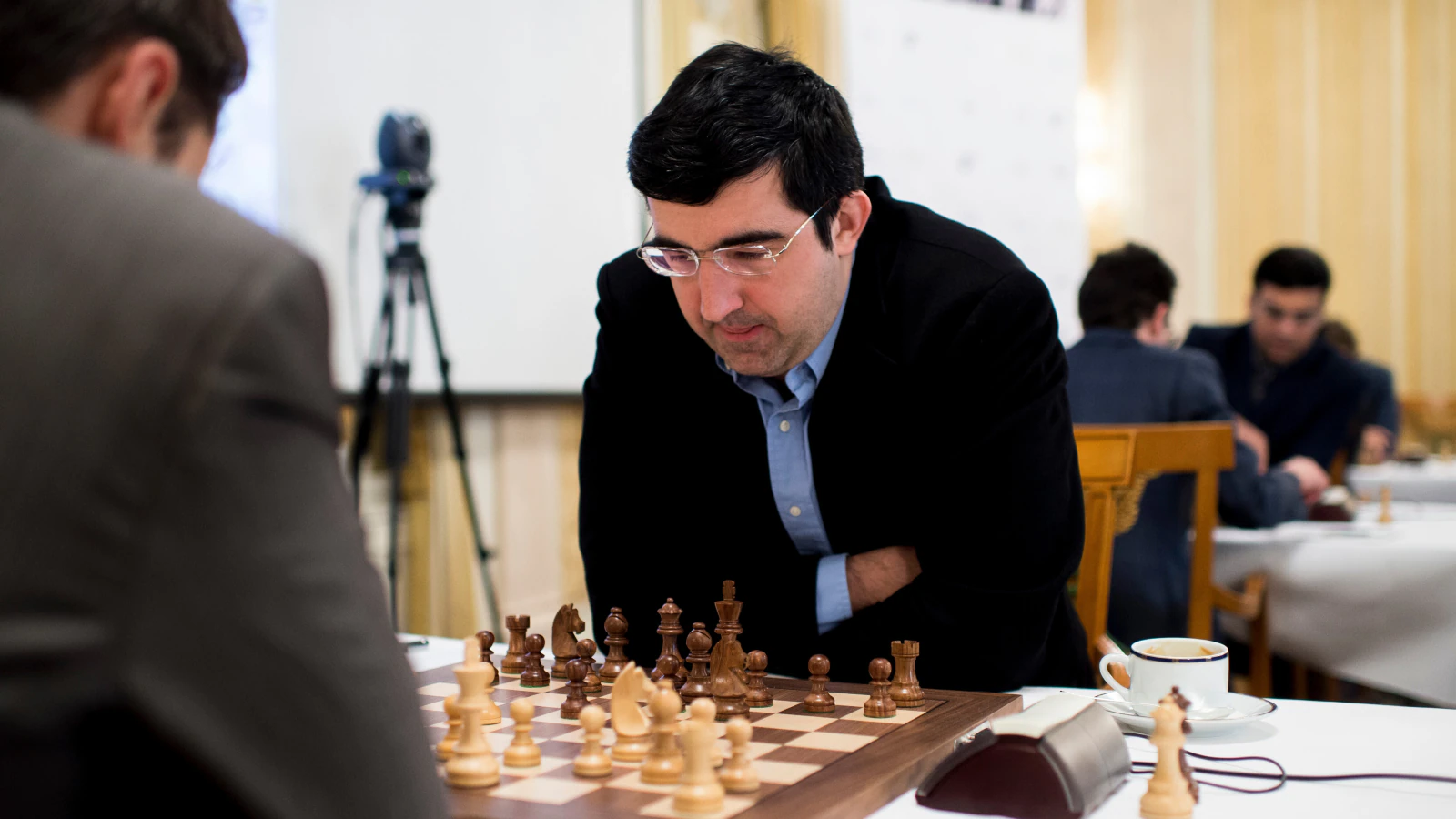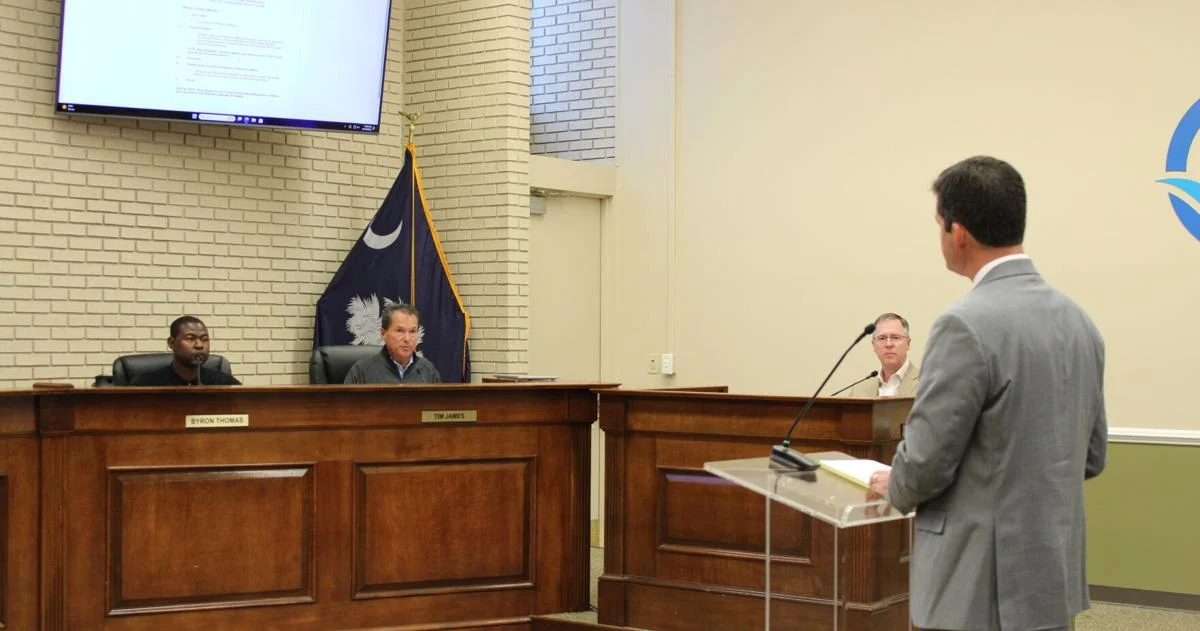Copyright cleveland.com

When a 9-year-old and 10-year-old are accused of torturing a 5-year-old child, should the court proceedings remain hidden from public view? That question formed the center of a heated legal battle in Cuyahoga County, with Judge Kristen Sweeney ultimately siding with transparency in a ruling that the Today in Ohio podcast panel vigorously supported. “Judge Sweeney said those proceedings will remain open to the public,” reported Courtney Astolfi on the podcast. “She said straight up, the law doesn’t allow the court to close these proceedings. And she said it seemed pretty clear that closing them wasn’t an option. She said, quote, ‘It’s just not legally permissible.’” The case has shocked the Cleveland community, not only because of the disturbing nature of the allegations, but because it raises questions about how children so young could commit such acts. It’s precisely these questions that drove cleveland.com and The Plain Dealer to join prosecutors in fighting against defense attorneys who wanted the case sealed from public view. Chris Quinn, editor of cleveland.com and The Plain Dealer, explained on the podcast why transparency matters in such troubling circumstances: “We’re not arguing that these should be open for any kind of prurient interest. This is a troubling case. We’re all trying to understand how a society can produce a situation where a 9 and a 10 year old torture a 5 year old. It’s frightening that we’ve come to that, and there’s accountability all around.” The judge’s decision represents a victory for those who believe community problems require community understanding and collective action. By keeping the proceedings open, the court allows the public to examine the circumstances that may have contributed to such a disturbing situation while still protecting the identities of the minors involved. Quinn emphasized on the podcast that this case deserves public scrutiny not to demonize the young suspects, but rather to understand the failures that may have occurred around them: “You can in many ways argue this 9 and 10 year old are victims as much as perpetrators, because how do a 9 and 10 year old get to this point in life where they’re committing this kind of crime? That’s why this needs to be open.” The ruling reflects a growing consensus that societal problems—particularly those involving youth violence—cannot be addressed if they remain hidden. When children become capable of extreme violence, it raises serious questions about their environment, potential trauma they may have experienced, and what interventions might have prevented such behavior. Quinn noted that the policy of cleveland.com and The Plain Dealer is to not name children charged with crimes unless they are charged as adults, which will not happen in this case. The case comes at a time of increasing concern about youth violence nationwide, with many communities struggling to understand and address the root causes of aggressive behavior in ever-younger children. By allowing public access to these proceedings, Judge Sweeney’s ruling creates an opportunity for the community to gain insights that could potentially inform prevention efforts and policy changes. This delicate balance between transparency and privacy protection exemplifies how the justice system attempts to serve both accountability and rehabilitation purposes, especially in cases involving juvenile defendants whose futures remain undetermined. To hear the full discussion about this ruling and its implications for juvenile justice in Cuyahoga County, listen to the complete episode of Today in Ohio. The segment on the juvenile court case begins around the 25-minute mark, offering valuable context on why public understanding of difficult cases serves the greater community interest. Read more Today in Ohio news Ohio’s one-subject rule is repeatedly ignored, but Supreme Court won’t enforce constitution Cleveland’s sports billionaires refuse to pay their fair share while city battles poverty “This is appeasement:” Dems blasted for caving to GOP blackmail on Ohio’s gerrymandering



